Introduction
In the realm of traditional Chinese medicine (TCM), the art of infusing herbs into rice wine, known as “Paojiu Mi” (泡酒米), is a time-honored practice that combines the nourishing properties of rice alcohol with the therapeutic benefits of various herbs. This ancient method not only enhances the flavor and aroma of the rice wine but also amplifies its medicinal value, making it a cherished remedy for various ailments and a delight to the palate. This guide delves into the intricacies of crafting medicinal rice wine, from selecting the right herbs to perfecting the brewing process, ensuring that each step respects the wisdom of TCM traditions.
Section 1: Understanding the Basics
Before diving into the recipe, it’s crucial to grasp the foundational principles behind making medicinal rice wine. Rice wine, typically made from fermented glutinous rice, serves as the base for infusing herbs. The choice of herbs is pivotal, as each herb carries specific medicinal properties that can address different health concerns, such as improving circulation, enhancing digestion, or alleviating stress.
Section 2: Selecting the Ingredients
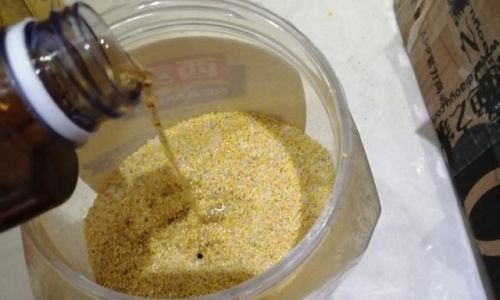
1 Rice Wine Base
- Quality Rice: Opt for high-quality glutinous rice, which is sticky and rich in starches, ideal for fermentation.
- Water: Use clean, filtered water to ensure the purity of the final product.
- Yeast: Traditional yeast starters, often derived from natural sources like fruits or flowers, add complexity to the fermentation process.
2 Herbal Blend
- Goji Berries: Renowned for their immune-boosting properties.
- Red Dates (Jujubes): Known to nourish the spleen and blood.
- Astragalus Root: Strengthens the immune system and promotes qi (energy).
- Chinese Angelica (Danggui): Benefits the blood and alleviates menstrual discomfort.
- Ginseng: Enhances vitality and stamina.
- Cinnamon and Cloves: Provide warmth and aid digestion.
Note: The herbal combination can be tailored according to individual needs and the advice of a qualified TCM practitioner.
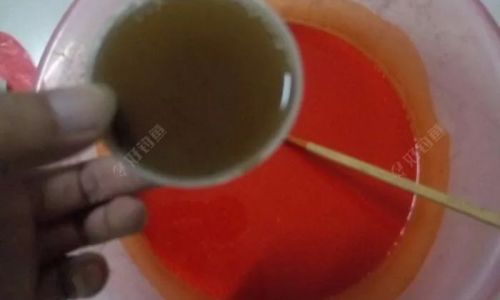
Section 3: Preparation and Infusion Process
1 Preparing the Rice Wine
- Cleaning and Soaking: Thoroughly wash the glutinous rice to remove impurities, then soak it in water for about 6-8 hours until it becomes soft and swollen.
- Steaming: Drain the soaked rice and steam it until cooked but not mushy. Allow it to cool slightly.
- Mixing with Yeast: Spread the cooked rice on a clean surface, sprinkle with yeast, and mix thoroughly to ensure even distribution.
- Fermentation: Place the rice mixture into a clean, sealed container. Ferment at a constant temperature (around 25-30°C) for about 3-5 days, stirring occasionally to release gases and prevent explosion.
2 Preparing the Herbs

- Cleaning: Rinse the herbs thoroughly under running water to remove dirt and debris.
- Drying: Pat the herbs dry with a clean cloth or air-dry them to prevent moisture from affecting the fermentation process.
- Chopping: Depending on the herb, chop or crush them into smaller pieces to facilitate the release of their medicinal properties.
3 Infusing the Herbs
- Layering: Once the rice wine has fermented to your desired sweetness and alcohol content, carefully layer the prepared herbs into the wine.
- Sealing: Ensure the container is tightly sealed to prevent contamination and allow for further infusion.
- Secondary Fermentation: Allow the herbal rice wine to undergo a secondary fermentation period of 2-4 weeks, depending on the desired strength and flavor. Shake the container gently every few days to mix the herbs and wine evenly.
Section 4: Bottling and Storage
- Filtering: After the infusion period, strain the wine through a fine sieve or cheesecloth to remove the herbs. For a clearer wine, you can perform additional filtration steps.
- Bottling: Pour the filtered wine into clean, airtight bottles. Label each bottle with the date and ingredients used.
- Aging: While the wine can be consumed immediately, allowing it to age for a few months to a year can enhance its flavor and medicinal qualities. Store in a cool, dark place to prevent degradation.
Section 5: Safety and Considerations
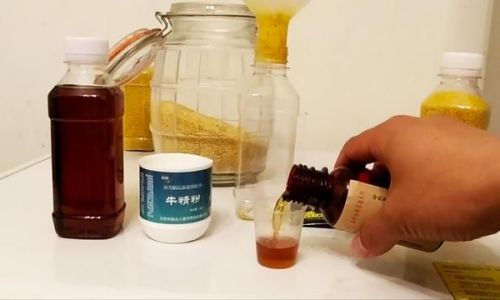
- Hygiene: Maintaining strict hygiene throughout the process is crucial to prevent contamination.
- Moderation: Despite its medicinal benefits, consume medicinal rice wine in moderation, as excessive intake can have adverse effects.
- Consultation: Always consult with a TCM practitioner before starting any herbal regimen, especially if you have underlying health conditions or are pregnant.
Conclusion
Crafting medicinal rice wine is a harmonious blend of art and science, requiring patience, precision, and respect for the ancient wisdom of traditional Chinese medicine. By following these steps, you can create a unique, nutritious, and therapeutically rich rice wine that not only tantalizes the taste buds but also nurtures the body and mind. Remember, each batch is a testament to the deep-rooted traditions of TCM, passed down through generations and waiting to be savored and appreciated by those who seek to live in harmony with nature.
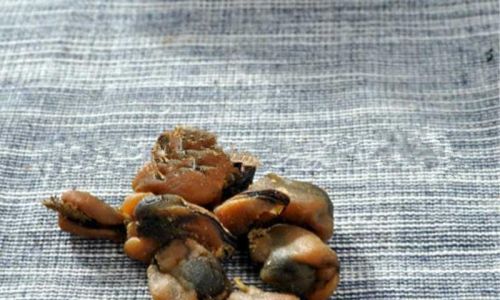
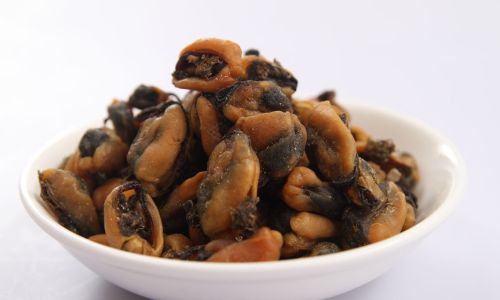
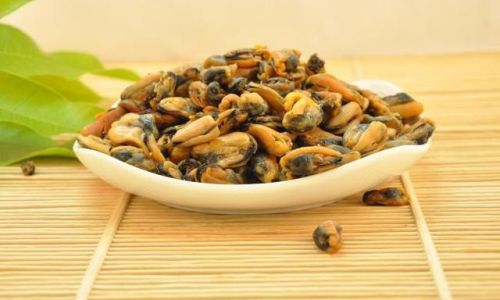



0 comments